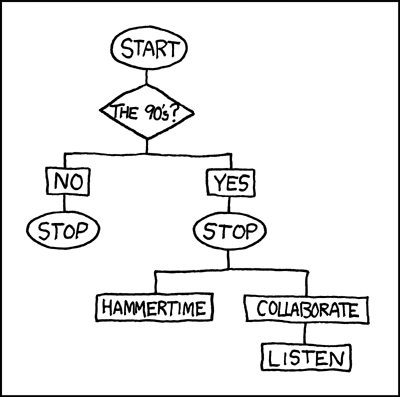Tomorrow I'll sit down and talk with another poet, Jill Magi, whose new book Threads has just been published by futurepoem. Our discussion is part of an interview for a journal I help edit. She's judging a contest of student work. I'm curious to hear about her process, particularly because she has successfully in this book, it seems to me, used words and visual images. Indeed, the book is described as a "hybrid work of poetry, prose and collage." This is so compelling. I consider myself inept in the making of visual images. In other words, drawing, painting, sculpting etc., while completely appealing, are talents I do not possess. (I'm not so bad in the cutting and pasting department.) Words are the way I make pictures, which lets me play with Horace's idea that painting resembles poetry. So I have many questions for Jill and the chance especially to discuss process and how she thinks about making a narrative or not. And what role collage plays in this making or unmaking. Also, the notion of history and memory. Hers plays out on a large political landscape because of the story of her grandparents and father and their life in
Perhaps an excerpt from her book would be appropriate now.
from Threads
Jill Magi
Amber return, once fluid, hardened breath-trap.
Sap turns to stone as these sounds conjure whose memories?
Air pocket scarred with debris, a dictionary. His voice on tape translates
my flat speech:
too few vowels and endings that stop, closed in by consonants.
Flash card fossils. How to count, the days, the months,
I am a student, where is the bathroom, the night is long,
over the threshold, write me a letter.

